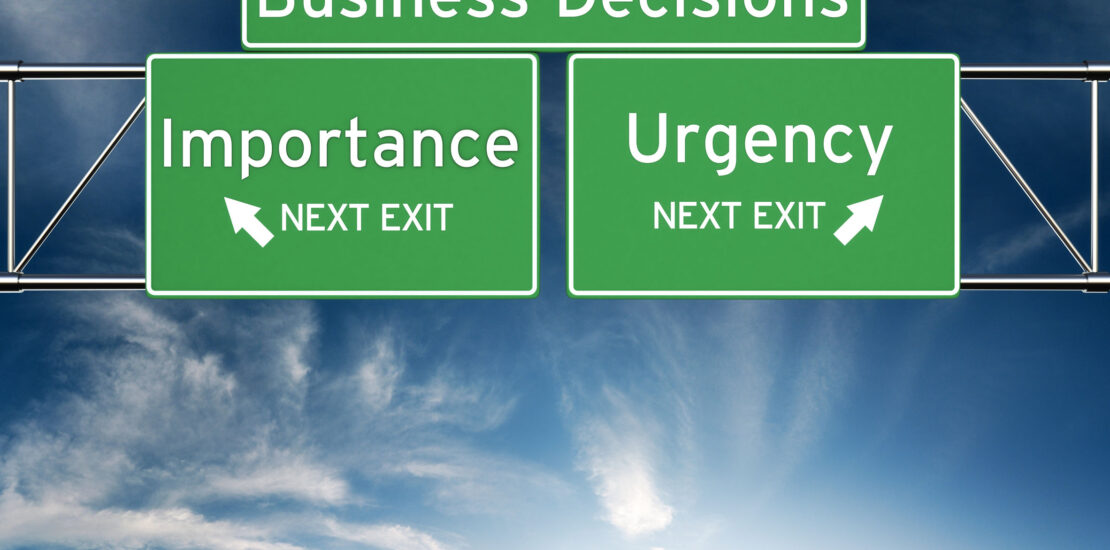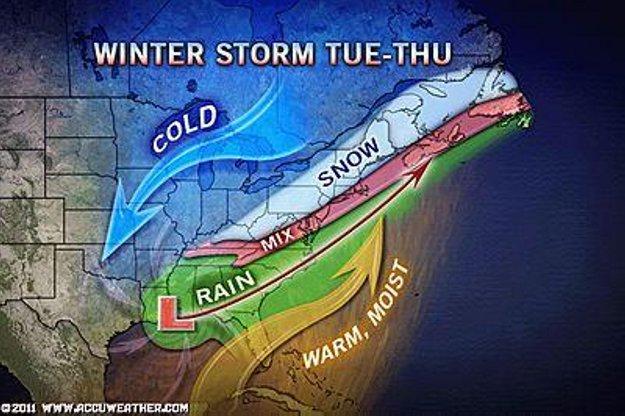creating urgency
-
How Your Sales Team Can Double its Win Rate in a Recession
- September 26, 2022
- Posted by: Dave Kurlan
- Category: Understanding the Sales Force

A client was having great success using OMG (Objective Management Group) to assess their sales candidates and they assumed the sales candidate assessment was the only thing OMG offered. When they learned that our core offering is evaluating their existing sales team they became excited about what that would mean for addressing their two biggest selling challenges.
One of their issues was their 20% win rate was much lower than they thought it should be and they believed their salespeople needed some refresher training on closing. They also had a large number of opportunities stalled in the pipeline and they believed that training on more effective techniques to conduct follow up calls would help.
In this article, I thought it might help if I share a bit of what they learned about their sales team.
-
Crappy Salespeople and Lack of Urgency Alignment – The Bob Chronicles Part 4
- April 27, 2021
- Posted by: Dave Kurlan
- Category: Understanding the Sales Force

This is the fourth installment in the Bob Chronicles. Bob is the weak salesperson who represents the bottom 50% of all salespeople. You can read previous installments about Bob below:
The $225,000 Mistake That Most Salespeople Make
Data – The Top Salespeople are 631% More Effective at This Than Weak Salespeople
Good Bob, Bad Bob, The Stockdale Paradox and Sales Success
You’re probably wondering, what did Bob screw up this time? He screwed up urgency. You might be asking how a salesperson could possibly screw up urgency but Bob and the rest of the weak salespeople screw up just about everything else so why not urgency too?
-
New Data Shows That Elite Salespeople are 700% Less Likely to Do This
- August 20, 2018
- Posted by: Dave Kurlan
- Category: Understanding the Sales Force

How effective are salespeople when it comes to creating urgency? I’m not talking about salespeople who create urgency by telling their prospects that if they don’t order today the price will go up or it won’t be available. I’m talking about salespeople who create urgency by asking questions to uncover problems, the consequences and cost of which, create urgency.
-
Why Uncovering Pain Doesn’t Close the Sale with a CEO and the 3 Conditions You Do Need
- April 4, 2016
- Posted by: Dave Kurlan
- Category: Understanding the Sales Force

I want to share 5 out of more than 100 important insights that they took away which apply equally to you too.

